Corn is one of the most ubiquitous food ingredients in the world and is unusually suited to growing in hot weather. Since much of the growing land in the U.S. gets hotter than 90 degrees Fahrenheit on summer days, corn is one of the best grain crops in America.
Why do corn plants heart the heat? Because they undergo a different kind of photosynthesis than many other food crops. Most plants stop photosynthesizing efficiently above 90 degrees Fahrenheit, but corn actually grows more efficiently and productively at high temperatures.
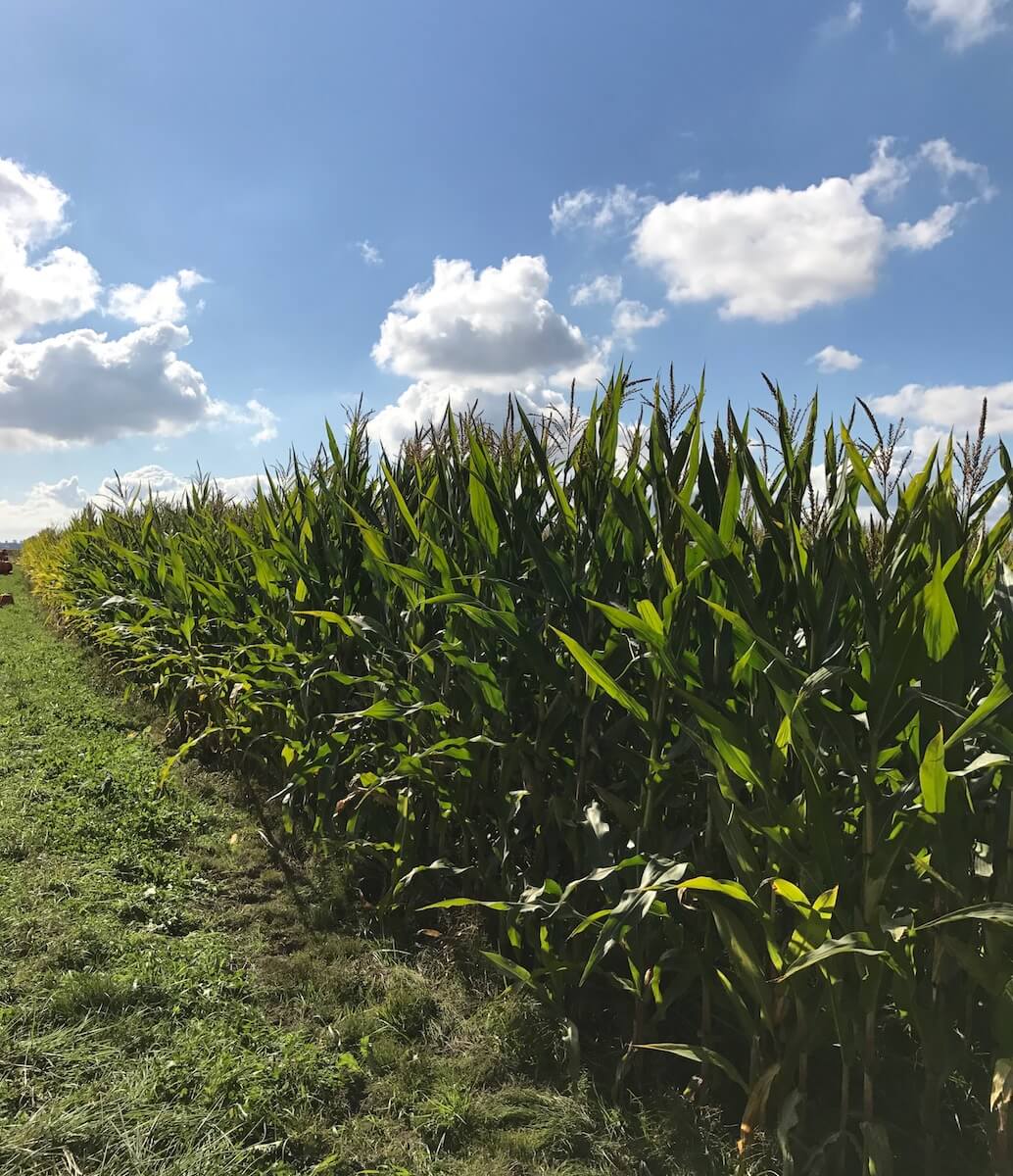
Varieties Of Corn
Varieties of corn can be divided into three basic types. Each type has different uses. The varieties are distinguished by the molecular makeup of their kernels.
Sweet Corn
The most familiar to Americans is sweet corn. The kernels have high levels of sugar in their kernels and soft, chewable skins.
This is the variety that is eaten as corn on the cob or added into various dishes like corn chowder or succotash.
Field Corn
Dent corn or field corn makes up the majority of corn grown in the world, both for animal feed and for processing into additives. It is starchier and waxier than sweet corn and is allowed to dry in the field before harvest. This is the variety of corn typically ground into cornmeal or processed into masa.
Flint Corn
Popcorn and flint corn are the hardest varieties—they have thick outer skins and high levels of stored protein around a starchy core. This hard outer shell is what creates the internal pressure when heated that makes popcorn “pop”.
There are dozens of different cultivars for each type, available from seed companies or at farm and garden stores.
Related Post: Companion Planting For Sweet Corn
Ask at your local farm store, extension agency, or farmers market to find out what varieties grow best in your area.
Planting And Growing Corn
As always, prepare your beds by testing and amending the soil. Corn likes a soil pH between 5.5 and 7. If you have acidic soils, adding lime will help both your pH and your calcium levels to give you a more successful crop. Compacted soil can be amended by deep tillage and the incorporation of organic matter, but the essential soil texture cannot be changed.
Related Post: Soil Testing
Corn is an extremely heavy feeder, meaning it uses a lot of nitrogen. Nitrogen levels in soil have a big influence on how well it grows. For the best yields, use a fertilizer like chicken manure or feather meal on the field before planting and till it into the soil.
Corn is a grain crop, meaning it is typically direct-seeded into the field. Seed spacing for corn is 4-5 inches—if you are using a mechanical seeder, you will need a special plate for corn, since it’s seeded more widely than most other grain crops.
For small quantities of corn in a garden, you can start it in a greenhouse using 4-inch pots, about three weeks before the outside climate becomes warm enough to plant. Transplant the starts 5 inches apart.
Direct seed corn after the last frost, when daytime temperatures are above 60 degrees Fahrenheit. It takes up to 100 days from seeding to maturity, so corn needs a long, warm growing season.
Sweet corn is harvested green, or immature, while the kernels are still full of water. Mature corn dries down on the stalk like wheat, the moisture evaporating from the kernels so that it can be stored.
Related Post: Growing Broom Corn
Corn can be grown in temperate, northern, or coastal climates. However, since there are not enough reliably hot days at the end of the growing season, these climates are not conducive to growing a dry-grain crop. Ears of corn are expected to fully mature and dry in the field before harvest, and without warm enough temperatures, they aren’t able to dry out.
In warm climates, corn is best planted in late April or early May, when the soil is warm and moist, giving plenty of time during hot weather for the crop to reach full maturity.
Controlling Weeds
Corn is vigorous and leafy, so once it gets established, it should shade out weeds. In the first few weeks, after planting until shortly after germination, corn can be mechanically weeded using a tine harrow, in organic systems, or sprayed with pesticides for weed control.
Another trick for controlling weeds at germination: Plant at the beginning of a dry spell and wait several days to a week before watering.
Since corn kernels are large, they are not as easily parched by heat and dryness and will begin to germinate slowly even without water. Weed seeds, which are relatively small, will not. This gives the corn a head start on germinating to help them out-compete the weeds.
Corn is a hardy, warm-weather crop, but it needs regular water—about 1 acre-inch per week. This is especially important during the flowering phase as tassels develop. Drought at this stage will result in stunted or empty ears.
Troubleshooting Problems, Pests, And Diseases
Corn is susceptible to several pests and diseases. Always practice good crop rotation, which is the most effective control for all types of problems.
The most common pathogens infecting corn are fungi. These ailments include various blights, common rust, leaf spot, and stalk rot. Fungi thrive in damp conditions, so be careful not to over-water and always rotate your crops into an unrelated species like legumes.
Rotating with a nitrogen-fixing crop also improves soil fertility. If crop rotation is not working to control the fungus, use of an organic fungicide may be necessary.
Yellowing leaves can be a sign of nitrogen deficiency, especially if the crop was not properly fertilized before planting. This condition is distinct from leaf spot and blights in that the yellowing will be more uniform than spotty or mottled, and it should improve with the application of fertilizer.
Pests love corn, from tiny insects to critters like crows and raccoons. Since the kernels are full of sugar, it is an enticing meal for any animal or bug.
Birds are a big problem in grain production. They eat the seeds as they are planted before they even germinate. Be sure your seeder is adjusted to plant deeper than 1.5 inches, to prevent crows, geese and other birds from picking the corn kernels up like birdseed.
If you are just growing a garden, you can use mesh netting over your growing area. Scarecrows are a cute decoration but don’t really work. Some farmers use noise machines to discourage birds.
Since its outer husk protects the kernels from many insects, corn is commonly plagued with burrowing and boring pests, like various worms and maggots. Aphids and beetles attack the leaves and stems. Here are some common corn insect pests with potential remedies.
Harvesting, Processing, And Storage
To test whether corn is ready to harvest, peel back the husks on several ears to look at the corn inside.
If you are harvesting fresh sweet corn, you are looking for ears that are full and plump, with large, fully developed kernels. When you puncture the kernels they should let out a milky liquid. This is the “milk stage”—clear liquid means the crop isn’t quite ready.
Usually, this stage is about three weeks after the silks have developed, once the silks have turned brown but the husks are still green. Ears of corn are easy to harvest. Either cut off at the base of each ear against the stalk with a harvest knife or simply grasp the ear and yank down while twisting.
Once harvested, keep the corn in a cool, dry place. Fresh sweet corn will only keep a couple of weeks. After picking, enzymes in the corn begins converting sugars into starches. The old advice is to put water on to boil before going out to pick corn, for the freshest flavor. That is a little extreme, but it is true that corn becomes less sweet the longer it is stored.
Field corn is harvested with a combine when the kernels are hard and dry. The combine, as its name suggests, is a machine that combines cutting and threshing—separating the grain from the stalk.
Corn History And Controversy
Native to the warm regions of the Americas, maize was a staple crop for indigenous civilizations from Peru all the way to the southeastern U.S. Once introduced to Europe it swiftly became a part of Mediterranean cuisine in dishes like polenta. Now corn is frequently vilified. Starchy and high in sugar, it can be processed into corn syrup, corn starch, corn flour, and animal feed.
This tall, prolific grass was originally cultivated as far back as ten millennia and today is the third consumed staple crop in the world after wheat and rice. It produces twice as many calories per acre as wheat.
Corn is one of the most versatile foods, used in recipes around the world in addition to being a ubiquitous additive. Sweet corn can be added to chowders, soups, stir fry, curries, salads, tacos, even pasta. Dry corn can be ground into coarse meal for cornbread or grits. And of course, no American fair or rodeo is complete without grilled corn on the cob.
How To Make Masa
In addition to sweet corn, however, there is an entire family of corn products that have an essentially different culinary and nutritional role. That is all the foods made out of masa, an ancient flour made of processed corn. Masa is used to make corn chips and corn tortillas, as well as tamales, sopes, pupusas, and other Central American staples.
Masa, which means dough, is made through a process called nixtamalization. Nixtamalization, derived from an Aztec word, is an ancient process through which corn is soaked in alkaline water, usually using lye or sodium carbonate from ashes or lime. Calcium is a very reactive molecule and the alkaline treatment has a chemical effect on the corn that changes not only the flavor but the nutritional content.
Nixtamalization softens an important molecular component of the cell walls of corn, hemicellulose, which is soluble in alkaline conditions, allowing the hulls of the corn to be loosened. Additionally, the process releases bound niacin, a B vitamin which is essential for the body to process food into energy. Without nixtamalization, very little niacin is available in corn. The alkaline processing is also responsible for the distinctly nutty, savory flavor and aroma of corn tortillas and chips.
Ingredients
- 2 pounds dry corn
- ¼ cup food-grade lime (calcium hydroxide)
- 3 quarts water
Directions
- Put dry corn in a pot of water and bring to a boil. Add the lime.
- The corn is left to soak overnight, for 8-16 hours, which softens the outer skins.
- In the morning, rinse the corn, allowing the loose hulls to wash off. Drain the water.
- Grind the soaked corn with a stone or food processor.
- Fresh masa can be used immediately or it can be flash-dried.
Dried masa is called masa harina, and you can buy it at any grocery with a Hispanic foods aisle. Just add water, and it is ready to use.
Whether you are just starting out or if you are an experienced corn grower who is looking for new tips, always remember to ask other gardeners, local experts, farmers at the market, specialists at your county extension or members of your local master gardener program. When we are farming or gardening, the most important thing we are cultivating is community.


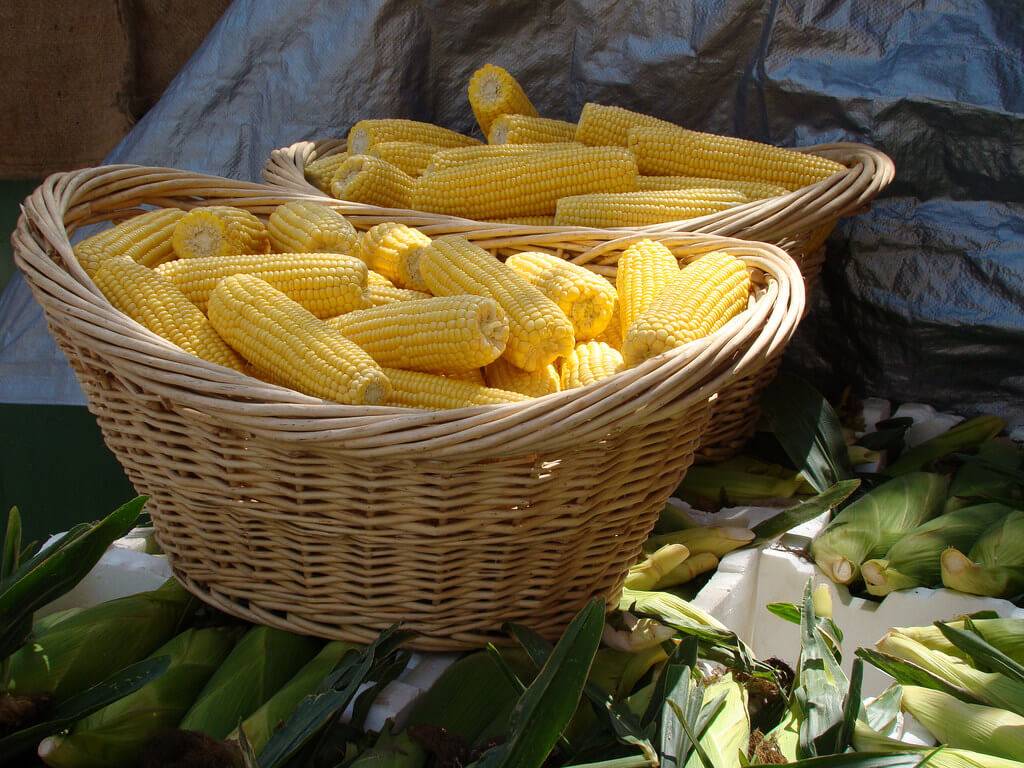
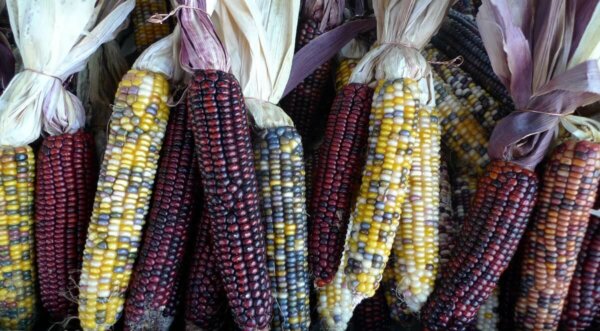
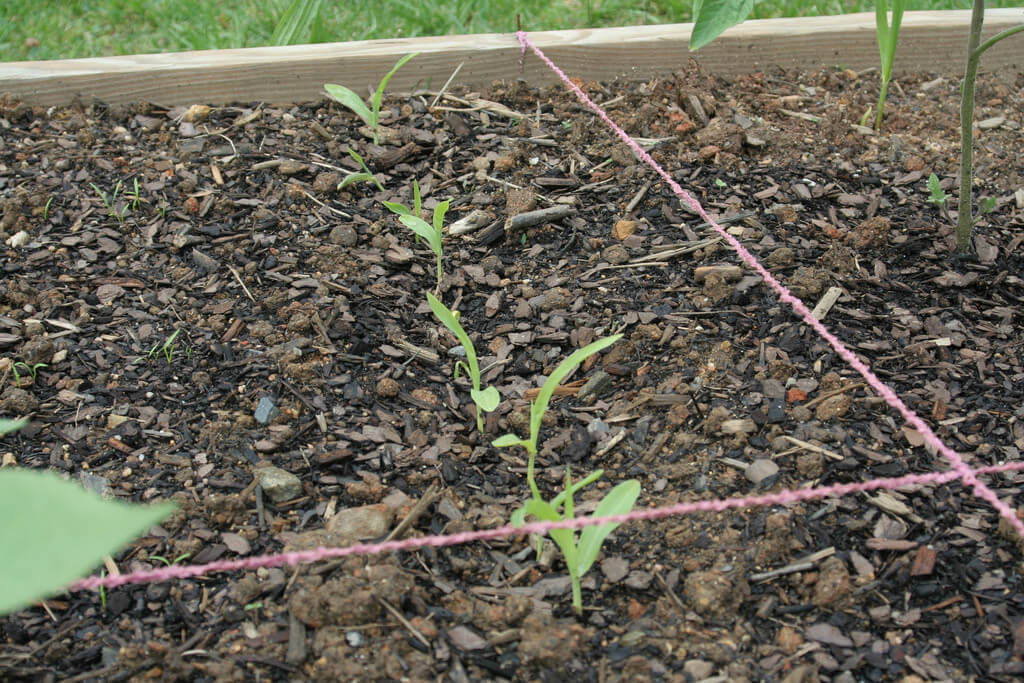
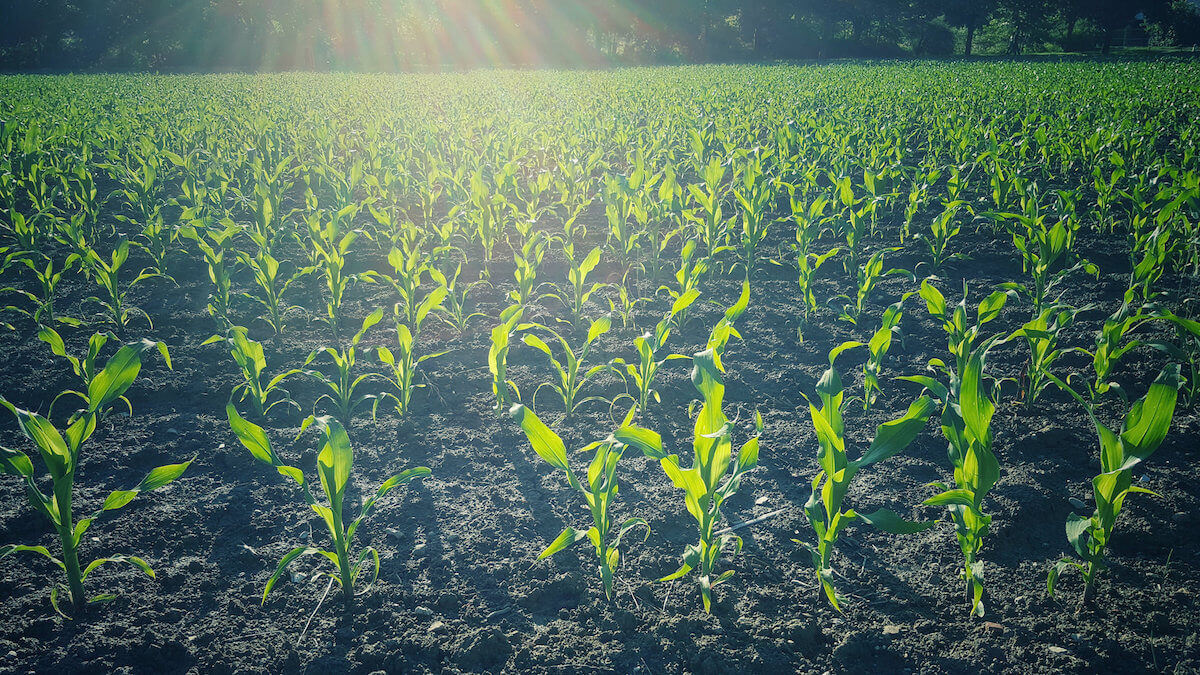


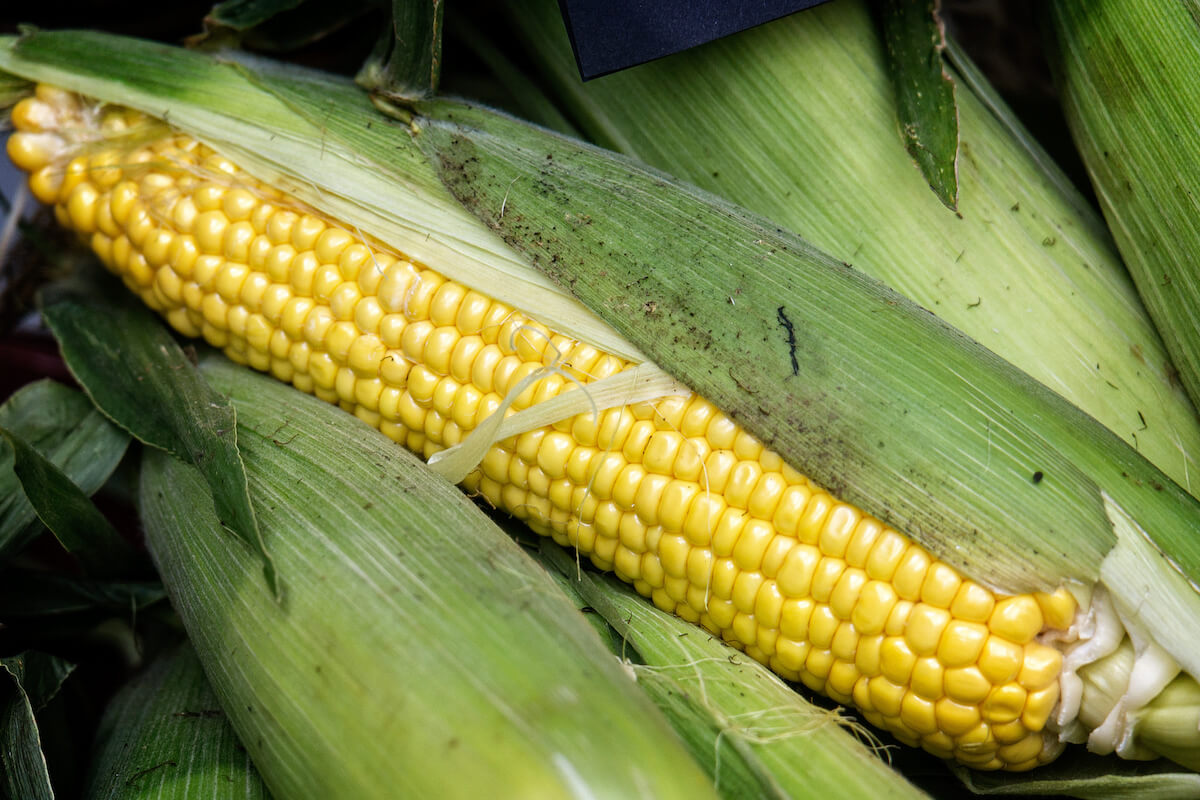
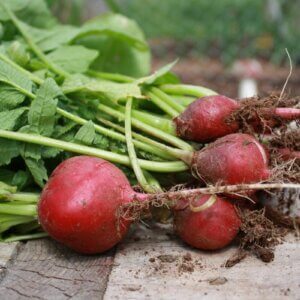





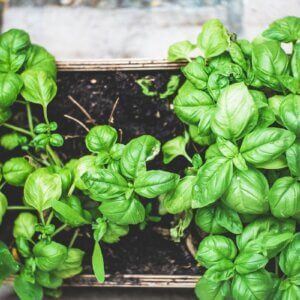

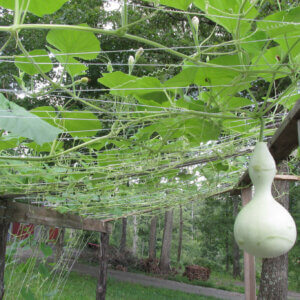
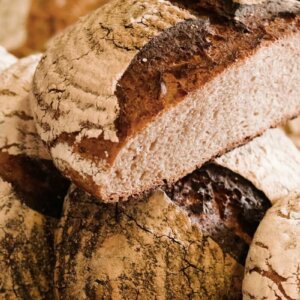

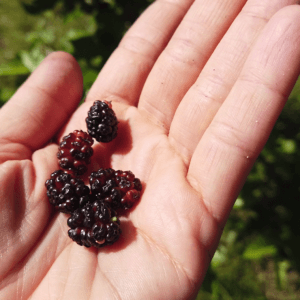
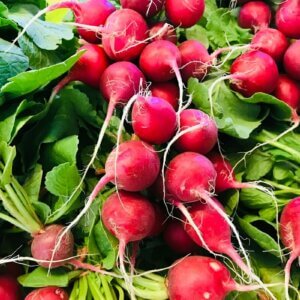


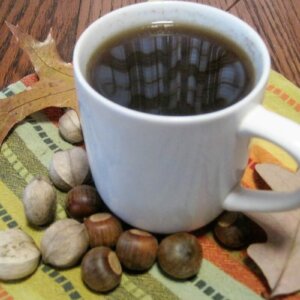
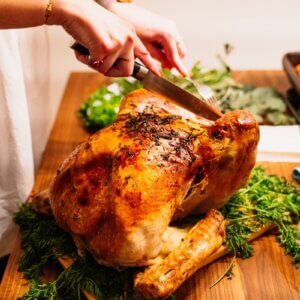

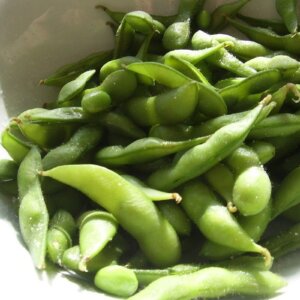



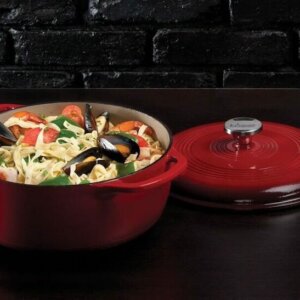





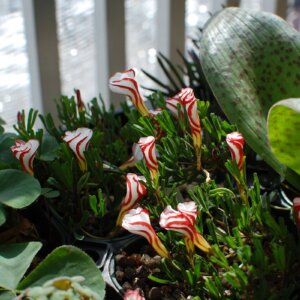
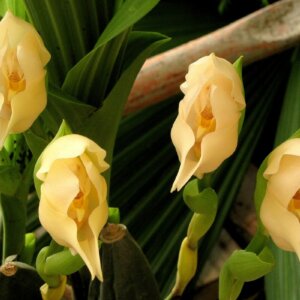
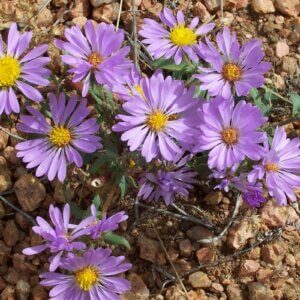
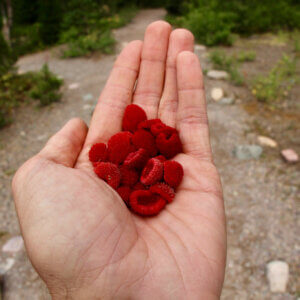

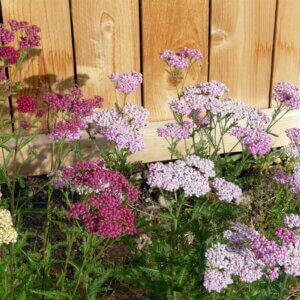
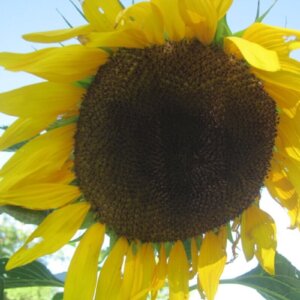


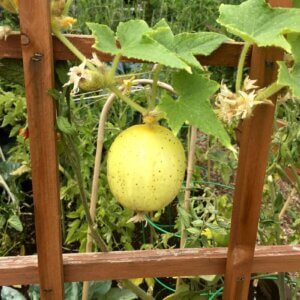
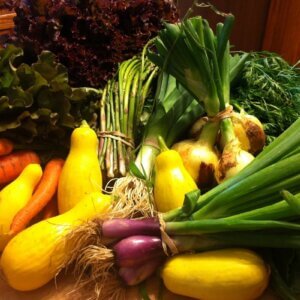

Leave a Reply